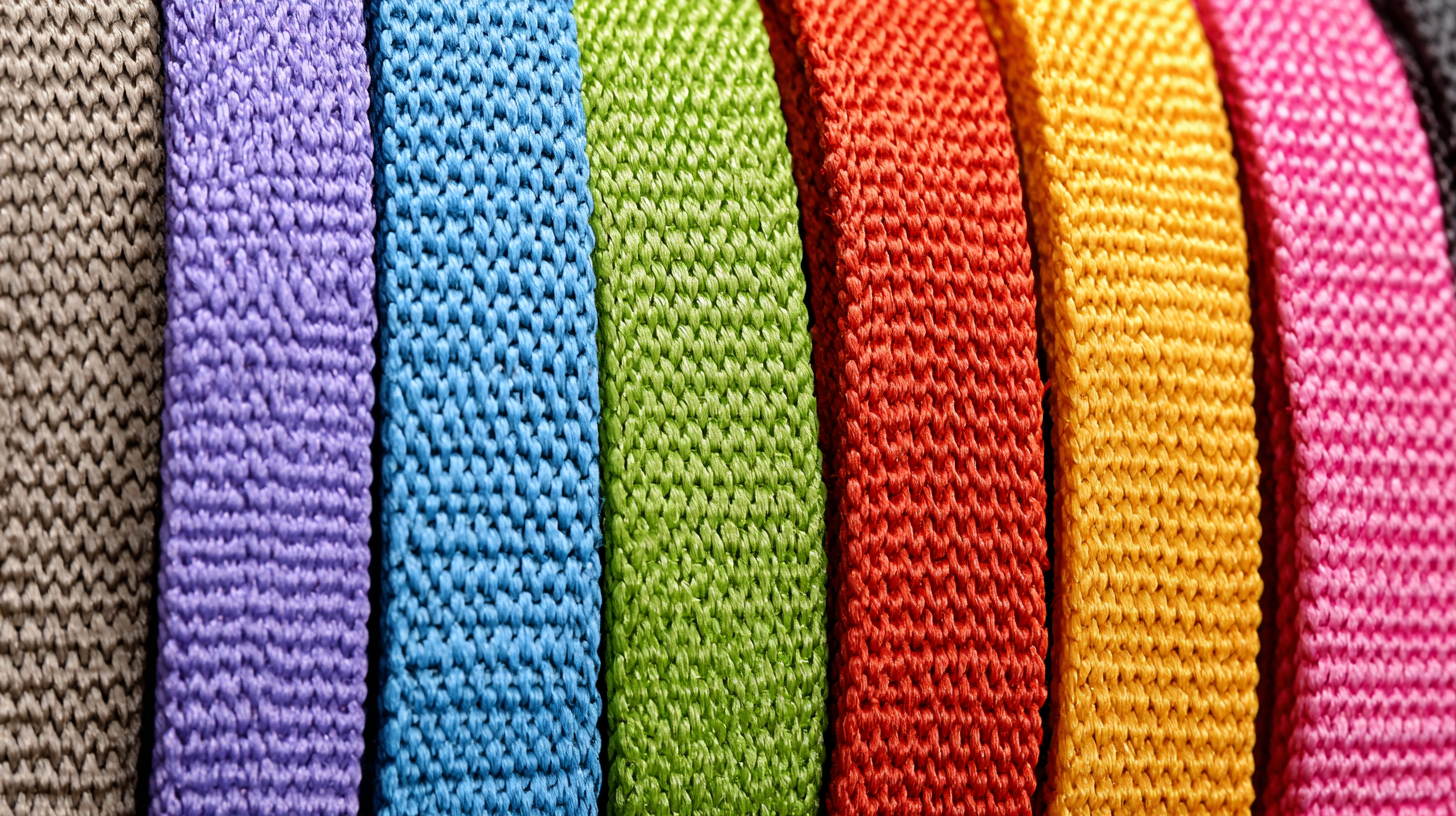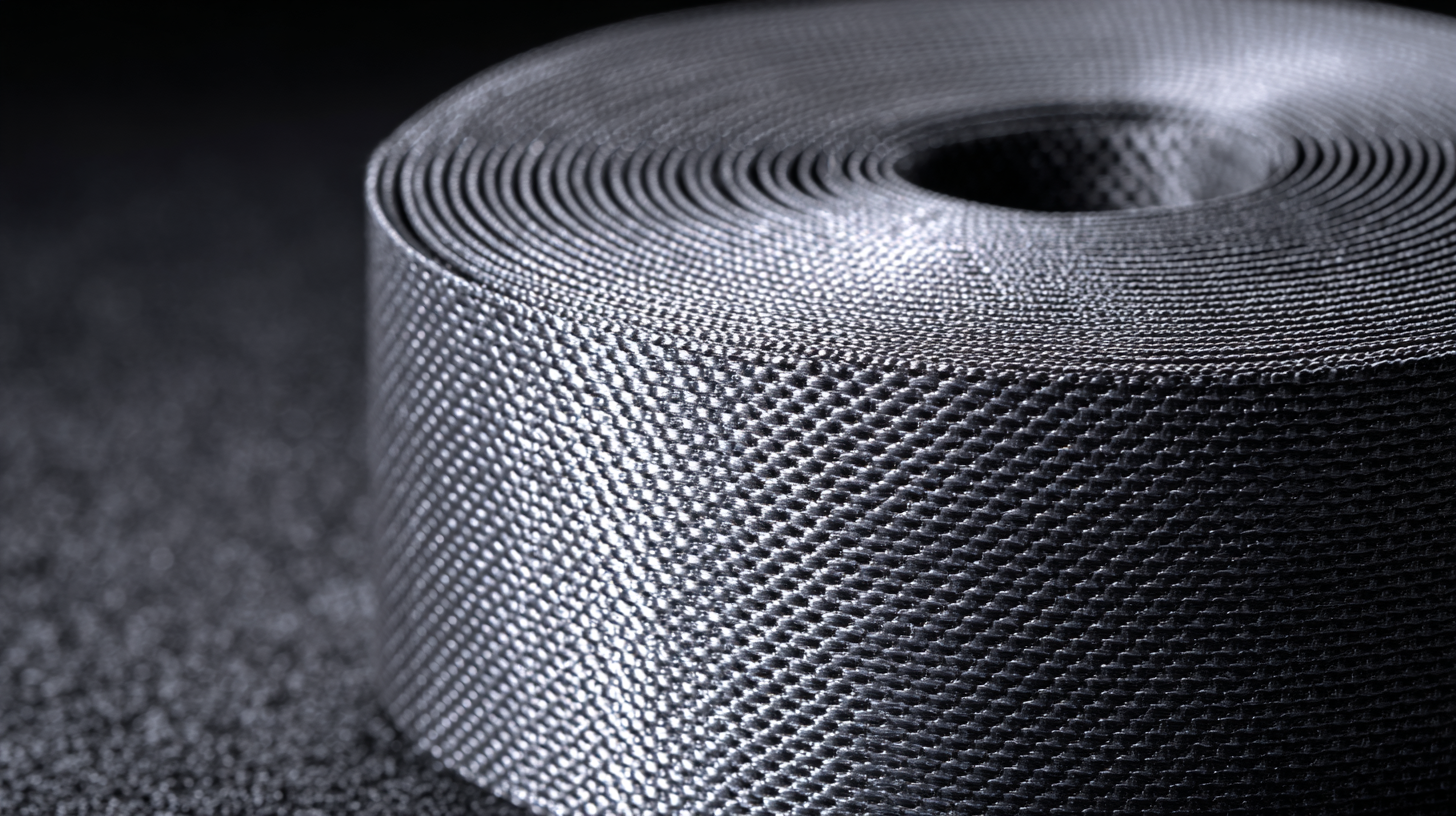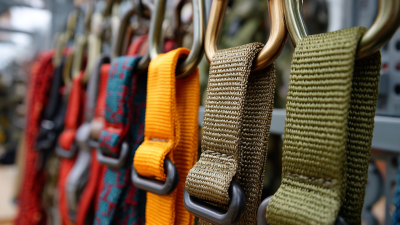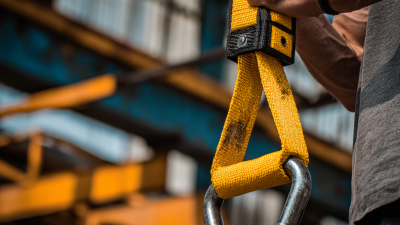Polyester Webbing has become a crucial component across various industries, demonstrating its versatility in countless everyday applications. The global polyester webbing market is projected to reach $1.4 billion by 2025, growing at a CAGR of 6.5% from 2020, driven by rising demand in sectors such as automotive, outdoor gear, and personal protective equipment. Its exceptional durability, resistance to UV rays, and low moisture absorption make polyester webbing an ideal choice for products requiring strength and longevity. Notably, polyester webbing is widely utilized in safety harnesses and straps, which are crucial for ensuring user safety in potentially hazardous environments. Industry experts emphasize that the adaptability of polyester webbing not only meets the functional demands of various applications but also enhances product aesthetics, contributing to its vast appeal. This article explores the multifaceted uses of polyester webbing, providing valuable tips for selecting the right type for specific needs.

Polyester webbing is a highly versatile material widely used across various industries due to its strength, durability, and resistance to environmental factors. In the outdoor and sporting goods industry, polyester webbing is commonly found in harnesses, backpacks, and climbing gear. Its ability to withstand heavy loads and its UV resistance make it an ideal choice for equipment that faces harsh outdoor conditions. Additionally, the lightweight nature of polyester webbing adds convenience without sacrificing performance, catering to the demands of outdoor enthusiasts.
In the automotive and transportation sectors, polyester webbing plays a crucial role in safety and efficiency. It's used in seat belts, cargo straps, and tie-downs, providing reliable support and ensuring the safe transport of goods. The material’s high tensile strength and low stretch make it particularly suited for securing loads, thereby enhancing safety on the road. Additionally, its resistance to abrasion ensures longevity, reducing the need for frequent replacements and maintenance.
The versatility of polyester webbing extends into the fashion and home goods industries as well. From belts and straps to decorative elements in upholstery, it adds both functionality and aesthetic appeal. Its availability in various colors and patterns allows designers to create unique products that meet consumer preferences while maintaining practicality. Overall, polyester webbing seamlessly integrates into numerous applications, underscoring its invaluable contribution across different fields.

Polyester webbing has become a popular choice in various applications due to its unique combination of strength, durability, and versatility. According to a report by Grand View Research, the global polyester webbing market is projected to reach $12.3 billion by 2025, driven by its widespread use in outdoor gear, automotive, and marine industries. One of the key advantages of polyester over traditional materials like nylon or polypropylene is its superior resistance to UV rays and moisture, making it ideal for outdoor applications where exposure to sunlight and water is a concern.
Furthermore, polyester webbing exhibits excellent tensile strength, with values reaching up to 6,000 pounds per inch of width, which emphasizes its suitability for heavy-duty applications, such as cargo tie-downs and safety harnesses. A study conducted by the American Society for Testing and Materials (ASTM) highlighted that polyester's low elongation properties contribute to its dimensional stability, ensuring that products maintain their shape and reliability over time. These characteristics not only enhance safety but also reduce the frequency of replacements, ultimately proving to be cost-effective for manufacturers and consumers alike.
The market for outdoor gear, particularly backpacks, reflects a significant demand for durable and versatile materials, with polyester webbing being a crucial component in many designs. Recent industry statistics indicate that the backpack market is poised to witness a steady growth rate, with projections estimating it to reach approximately $XX billion by 2026. A large portion of this growth can be attributed to the increasing consumer interest in outdoor activities and adventure tourism, which has risen notably during the pandemic era.

Polyester webbing stands out due to its strength, lightweight properties, and resistance to environmental factors, making it ideal for various backpack types, including travel, hiking, and camping models. Reports show that polyester is favored over other materials like nylon in many cases, primarily due to its cost-effectiveness and high-performance attributes under diverse conditions. As manufacturers adapt to trends in consumer preferences, incorporating polyester webbing into their product lines will be essential for capitalizing on emerging market opportunities. In fact, the segment for polyester backpacks is expected to account for a significant share of the overall market as outdoor enthusiasts increasingly prioritize functionality and reliability.
Polyester webbing is increasingly recognized for its sustainability in various applications, such as outdoor gear, furniture, and safety equipment. According to the United States Environmental Protection Agency (EPA), synthetic fibers, including polyester, make up about 70% of the global textile market. While traditional polyester production is often criticized for its environmental impact, innovations in recycling and sustainable practices are changing the narrative. For example, the use of recycled PET (rPET) in polyester webbing production can reduce energy consumption by up to 70% compared to virgin polyester, according to a report by the Textile Exchange.
Moreover, the durability of polyester webbing contributes to its sustainability. Its resistance to UV rays, mildew, and abrasion means that products made with polyester can have a longer lifespan, thereby reducing the need for frequent replacements and minimizing waste. A study by the National Institute of Standards and Technology (NIST) highlights that extending product life by just one year can significantly decrease the environmental footprint of textile materials. With its growing availability in recycled forms and its inherent longevity, polyester webbing stands out as a responsible choice for consumers seeking sustainable options in their everyday products.
The future of polyester webbing technologies is poised for significant advancements driven by both innovation and sustainability. As industries increasingly prioritize eco-friendly materials, research into bio-based polyesters and the recycling of existing polyester products are gaining traction. These alternatives will not only reduce waste but also provide high-performance solutions that meet the growing demand for sustainable practices in manufacturing.
In addition to environmental considerations, technological innovations are enhancing the functionality of polyester webbing. Smart textiles integrated with sensors are emerging, allowing for applications in various sectors such as safety harnesses and outdoor gear, where real-time data monitoring can enhance user safety and performance. Furthermore, advancements in weaving techniques are improving the durability and strength of polyester webbing, making it suitable for even more demanding applications in industries like transportation and construction. The marriage of technology and material science is set to redefine the capabilities of polyester webbing, making it an indispensable component in everyday applications.






